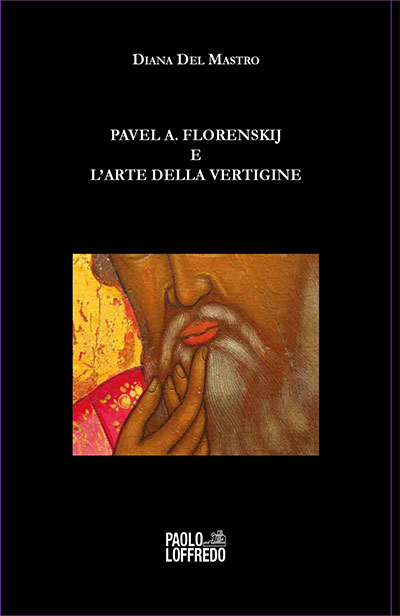PAVEL A. FLORENSKIJ E L’ARTE DELLA VERTIGINE
Language: Italian
Publisher: Paolo Loffredo Editore Srl

Description
PAVEL A. FLORENSKIJ E L’ARTE DELLA VERTIGINE
One of the main theoretical gains highlighted in the essay is the scientific visionary of the young Pavel A. Florenskij. He recovered the metaphorical language, realizing that through it those characteristics of reality that escape logical-deductive speculation become accessible, thus anticipating some theses developed fifty years later by the science of complexity. Another aspect of the analysis concerns Florenskij's acquisition of a new and very important 'corollary': the discovery of the iconic basis of the mind, the peculiarly human way of knowing, since the dawn of humanity.
In the arduous effort to reconstruct the Florenskian logos, after having exposed the main hermeneutic directions to which the reading of Primi passi della filosofia lends itself, the author identifies the philosopher Neapolitan Giambattista Vico, the 'stone guest' who may have guided the scientist pope Russian in its complex speculative itinerary, highlighting some of the crucial passages.



